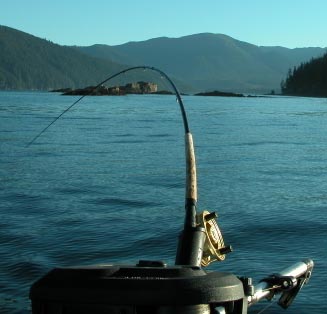Fishing for an Angle:
Posted: July 1, 2012
Categories: Fishing for an Angle / GoodFoodBites / News from Sustain Ontario
An Unsung Hero of the Food World
By: Stephanie Verkoeyen
My name is Stephanie Verkoeyen and I’m currently doing an internship with Sustain Ontario. Over the next couple of months, I’ll be doing a mini-blog series around sustainable seafood. I come from an aquatic resource background and wanted to take this opportunity to explore and share with you the importance of seafood as a food source.
Seafood isn’t often the first thing to come to mind when we think about food and farming. But for half the world’s population, fish provide at least 15 per cent of their animal protein intake. Canada’s Food Guide advises we eat at least two servings of fish a week, especially those rich in omega-3 fats e.g. char, herring, mackerel, salmon, sardines and trout. For those involved in fisheries, seafood is an important source of income. Canada has one of the world’s most valuable commercial fishing industries, worth more than $5 billion a year and providing 120,000+ jobs.
Few outdoor experiences compare with fishing in one of Ontario’s 400,000 lakes, rivers, and streams (Note: as an outdoor enthusiast I can vouch for this!). Fishing has been a part of Ontario’s culture and heritage for many years, with the Great Lakes offering some of the world’s best freshwater fishing. Most people don’t realize that Ontario has the largest freshwater commercial fishery AND the largest recreational fishing industry in Canada. Best known for its muskellunge and walleye (pickerel) fishery, Ontario is home to an astounding 160 of Canada’s 228 species of freshwater fish.
With the demand for seafood on the rise, and a plentiful supply right in our backyard, it’s possible to find locally sourced options with a little effort. Many seafood restaurants have begun to offer more sustainable seafood options, with some restaurants specializing in sustainable seafood. Next time you’re dining out, ask your waiter where your seafood is coming from. If you’re picking up fish from the market or grocery store, make it a habit to ask for seafood that is adequately labeled and includes information on species, origin, and catch method. Wherever possible, choose seafood with credible eco-labels. And for the truly adventurous spirits out there, grab a pole and cast away!
The next blog will look into the idea of sustainable seafood – what it is, why it’s necessary, and what’s happening in Ontario.
